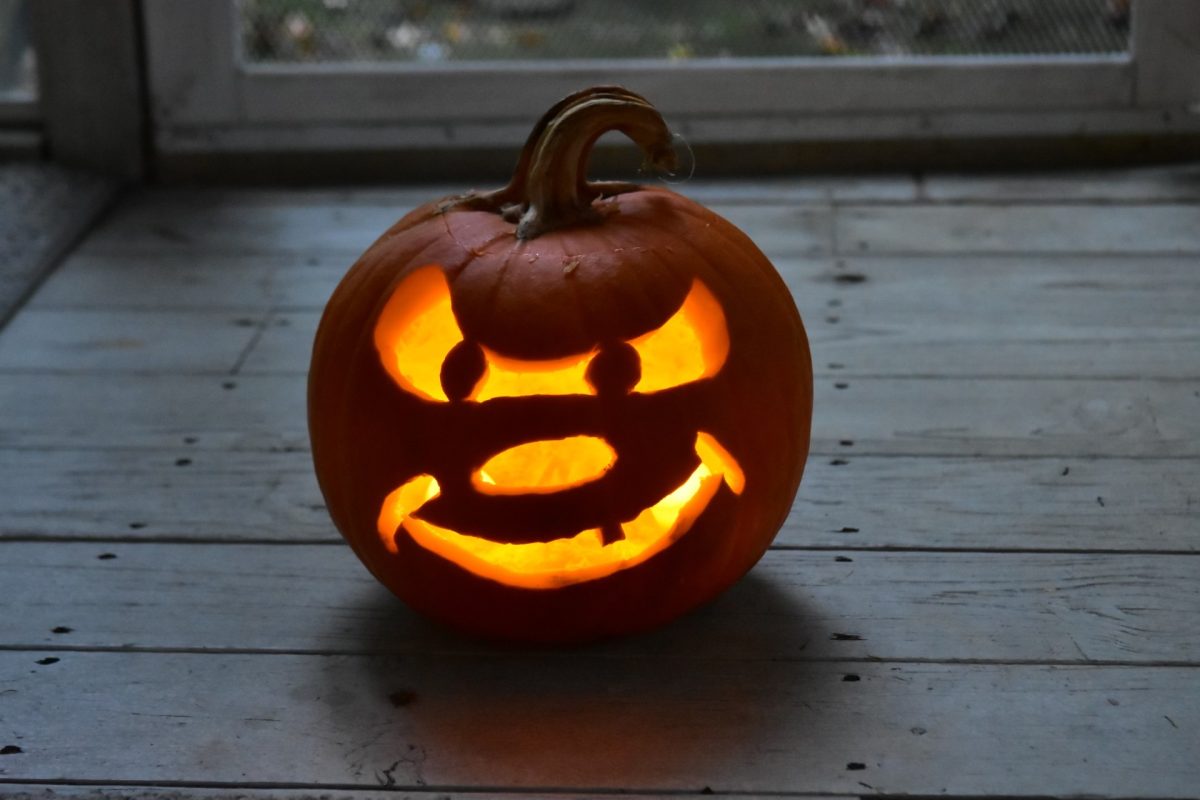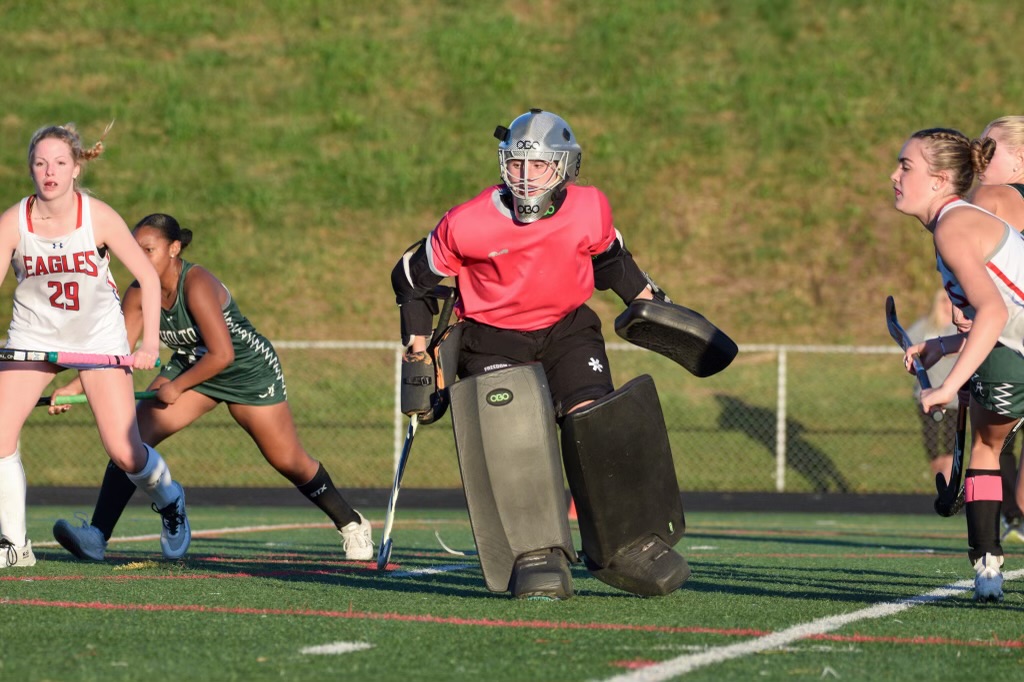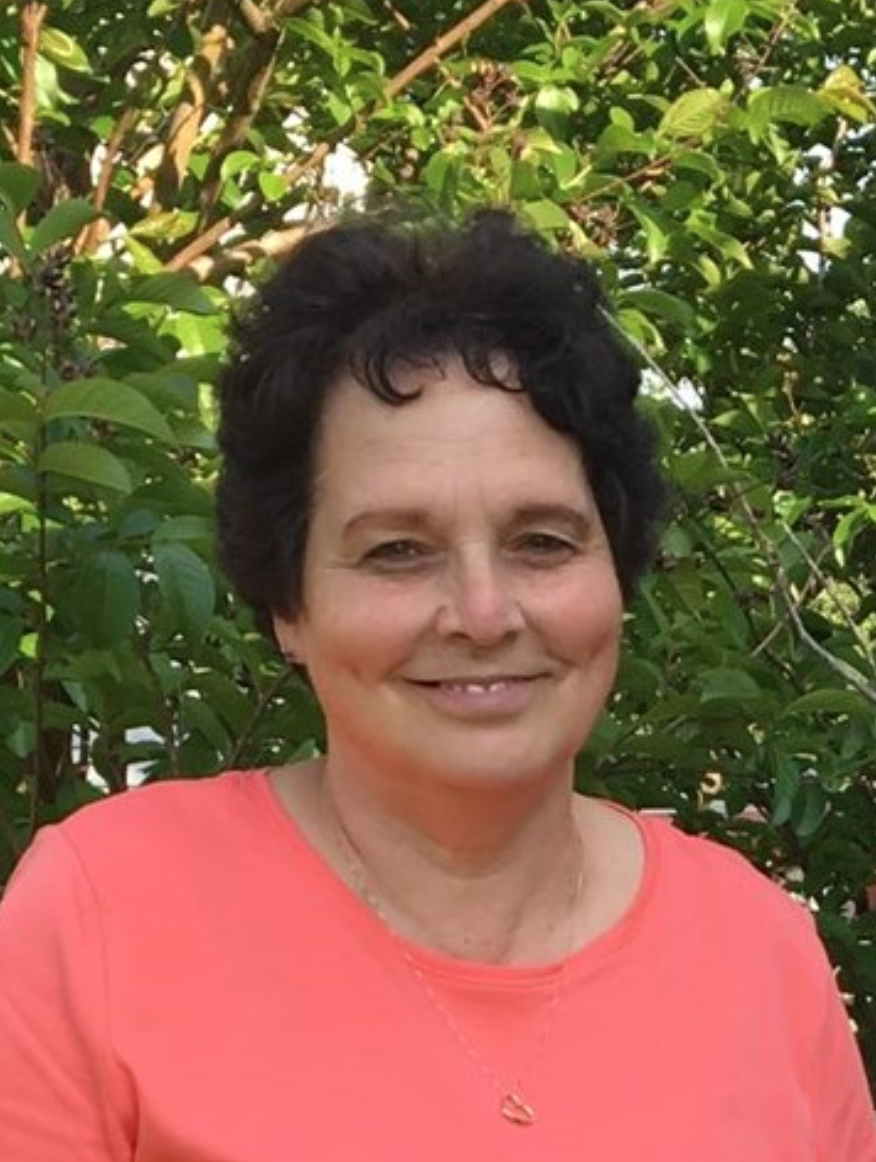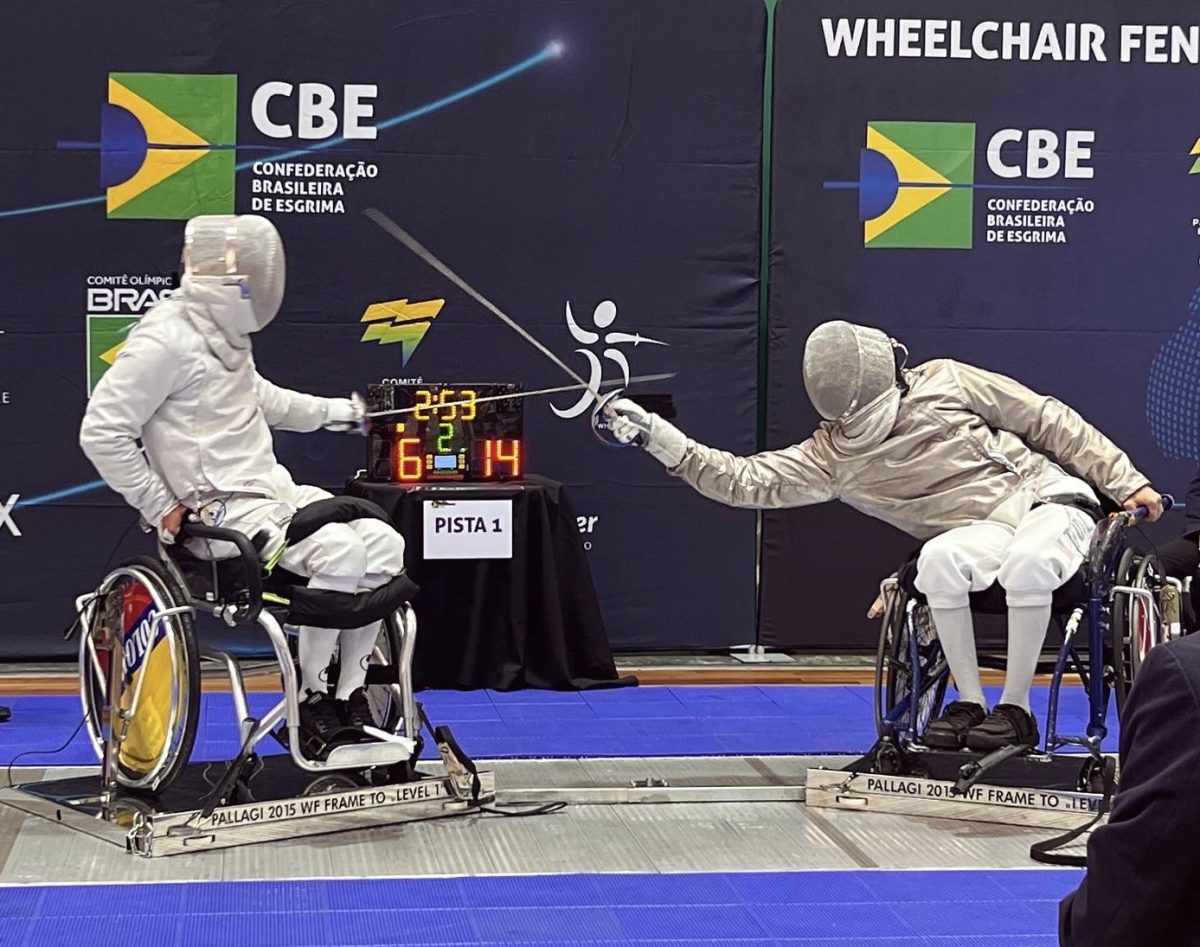Imagine it’s October 31, 2015. As the clock hits 3:30, cartoon characters and mythical creatures fill the elementary school hallways where parents stand cheering and clapping as they proudly show off their spooky getups. Teachers and staff hand out candy while students walk hand in hand pointing out their favorite costumes. The air is sharp with autumn leaves littering the ground, and laughter fills the air as kids argue about who will collect the most candy — a preview of the night ahead once the last bell rings.
Halloween has been a huge part of many childhoods, whether it was the costumes, haunted houses, pumpkin patches, or, most notably, trick-or-treating. However, as the years go by, Halloween starts looking more different.
Sophomore Jolin Su mentions that trick or treating isn’t “as fun as it used to be because I feel like I’m more grown up now.” The thrill of trick or treating loses its spark as we mature and begin our busy adolescent lives. Senior Melanie Ritter similarly states, “I used to plan out where I was going, and I would plan it out with my friends to make the most out of it and get the most candy possible.”
Rather than planning costumes and competing for the most candy, Halloween became a time to hang out with friends. Junior Andrew Baynes agrees, explaining, “In my younger years, it [Halloween] was more about dressing up and getting candy, but now I don’t really trick or treat as much, and it’s more just hanging out with my friends.”
While trick or treating may be viewed as childish the older we get, compelling people to participate less each year, age may not be the only factor that may have caused the shift in Halloween tradition. Ritter describes “My mother has this counter at our house and last year we only got like 3 people [trick or treaters] but in previous years and even in my old house we used to have like 80 people come…I think it was the COVID era.”
Baynes additionally declares, “I feel like it changed probably around middle school, during the pandemic era, people weren’t going out as much.”
Along with quarantine causing more introverted kids, the health guidelines and precautions may have also stopped kids from trick-or-treating, stemming from a safety concern rather than social.
These changes bring along a variety of emotions and shifts in traditions from childhood to adulthood. “These changes make me sad because I used to really like Halloween…but now it’s not very eventful,” Freshman Isabella Taliano expresses.
Su further concurs by commenting, “I’m kind of sad ’cause it’s like your childhood is going away, but you know it’s always about growing up.”
Sometimes change can bring sadness, but in the future, these changes are “for the better,” Baynes shares, revealing how it helps you “grow as a person.” These changes reveal the saddening truth of realizing your childhood is coming to an end, but an important step in maturing into society. Yet, the nostalgia for how Halloween used to be still sits in the minds of teens today.
Su adds “You’re never too old to go trick or treating”, and Ritter expresses “Let’s normalize trick or treating again…we should dress up for school”. No matter if you spend your Halloween trick or treating, or just hanging out with your friends, those childhood memories of running across the neighborhood streets, sifting through candy bowls in the freezing cold, will always be with us.
bz/bu/tk
For more breaking news and photos, follow The Wingspan on Instagram and Twitter @CHSWingspan.




